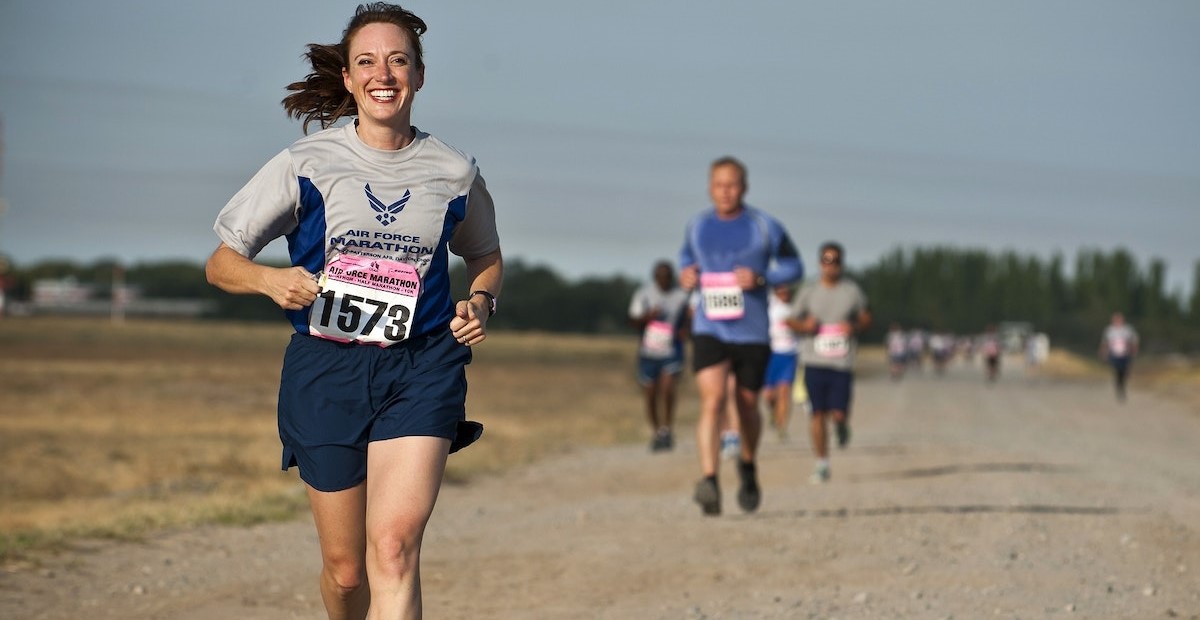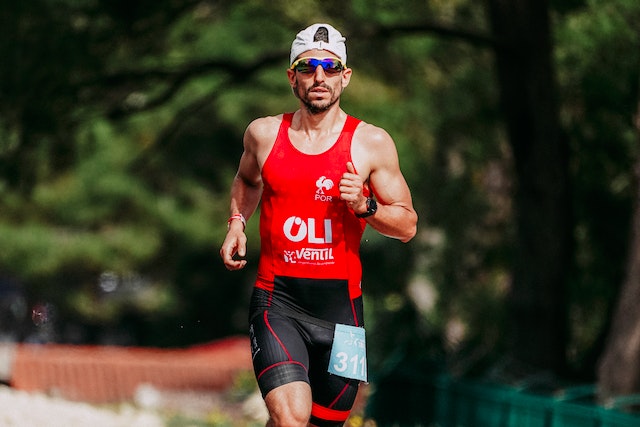
Contents
Using interval training, strength training, a race pace to make use of your training plan and successfully a 10k race
From your first steps to that final race day, running a 10k is a brilliant feat. You don’t have to run a half marathon in order to successfully feel like the experienced runners, or sustain your game as a mid-distance runner. No matter your position, running a 10k takes a bit of training. With tactics like interval training to improve endurance and strength, full race distance training to progress your distance coverage or even hiring a certified personal trainer, you can be running a 10k race like it’s a 50m dash.
Let’s cross that finish line in the right way.
Using intense workouts to reach race pace
Speed training is incredibly important. Using intense workouts will help your body optimise to certain speeds, and if you want to be like the top distance runners, then training your body’s strength to go the extra mile is always worth doing. Activities like hill sprints, straight sprints, and drop-distance running are all good for speed training. Long-distance runners could always benefit from this. As long as you do your interval workouts and get your rest days training, then you’ll be strong enough for a 10k pace in no time.
Check out some more tips here.



Consistency
This is so important. You could maximise your strength, and train perfectly relative to gear and diet, but if you’re not consistent, then that 10k target might be equally as straying. Beginner runners might be running for over an hour. Working to this distance requires running around three times a week. The specifics of your runs are actually less important than just getting out and running. Even walking a couple of times a week can help a hell of a lot. Don’t add more than 15 per cent more total distance per week, and you’ll be consistent enough to maintain what you need to.
Recover properly
Cross training, cross training days, running a half mile – it doesn’t matter what training you’re doing, it’s important to rest. Muscle regeneration, cognitive balance and other benefits all help to keep you fit. Strain is a big one here. So many runners get thwarted because of ankle strain, and a lot of the time, it’s because they put too much effort into training and not enough time into rest. If you want to reach your goal race pace, then you’ll have to rest up properly. Simple.
Conclusion
There you go, some simple tips to help with a 10k run. 10k training takes a bit of work, no doubt. You’ll need to use interval training to your best advantage and make sure to keep note of your progress on the way. Try running up to target distance over time and be sensitive in doing so – don’t overwork yourself.



FAQs
Is it possible to stay entirely injury-free?
Yes, it is. It’s very easy to do harm to yourself, with repetitive strain and a host of physical risks present, but if you do the right thing and stay careful, then you can stay risk free too.